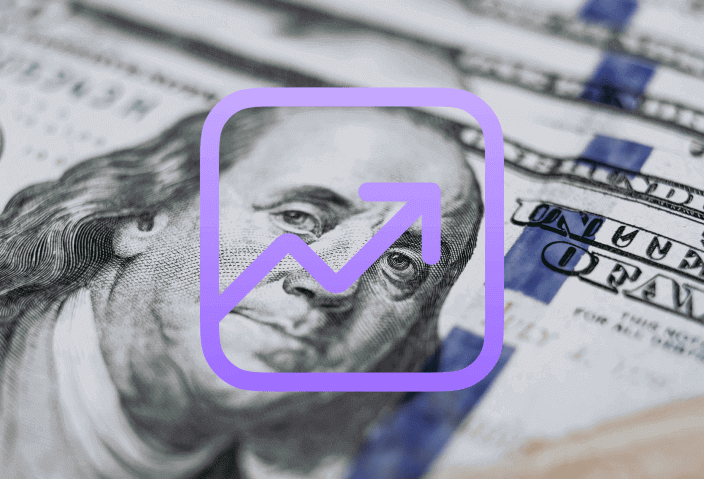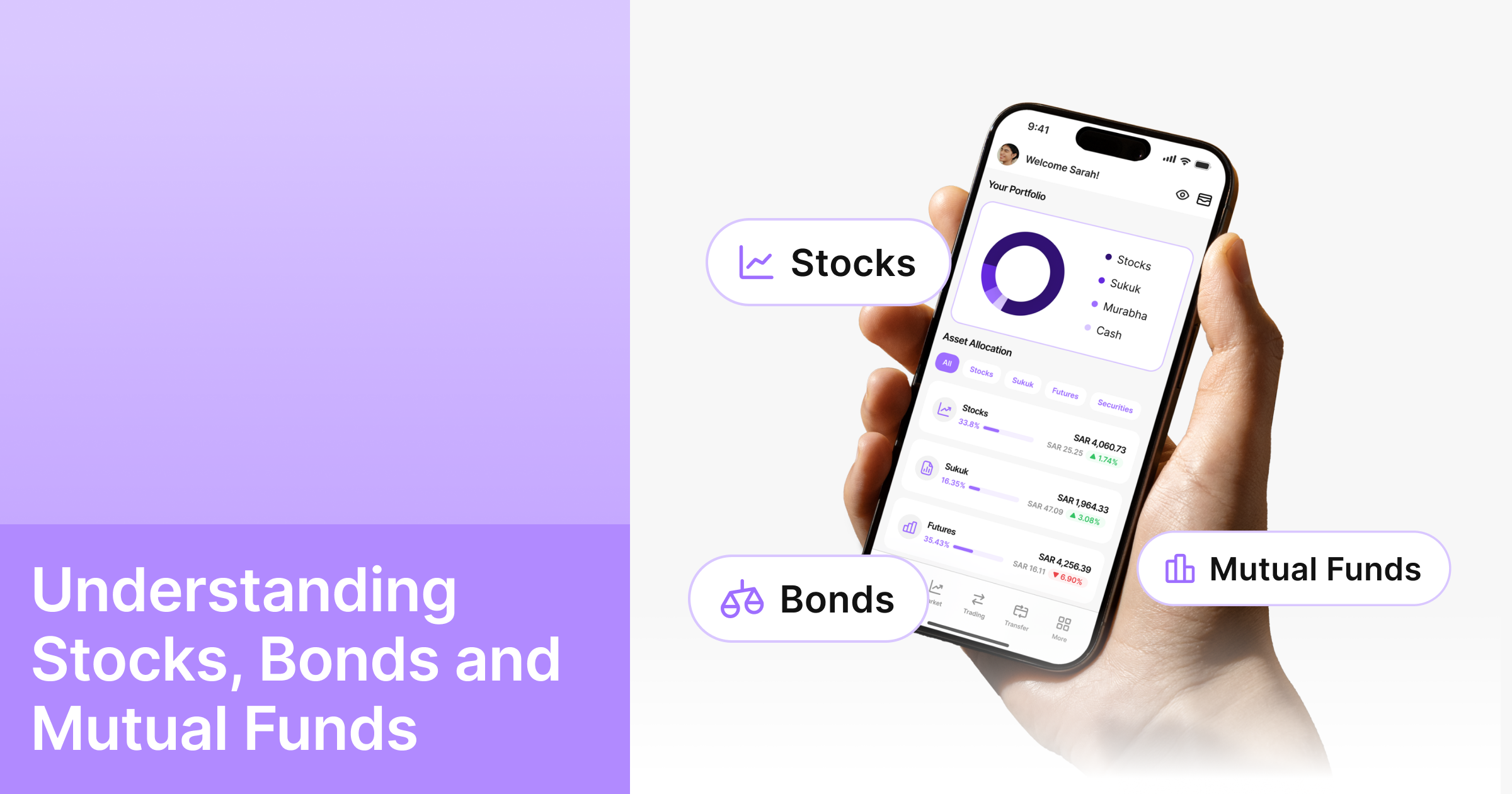How Rising Interest Rates in the U.S. Can Create Investment Opportunities for Saudi Investors
The U.S. Federal Reserve’s decision to raise interest rates stands out as one of the most closely watched developments in global financial markets. While higher interest rates are often seen as a factor slowing economic growth and dampening investor appetite for risk, they also trigger significant shifts in global capital flows. For investors in Saudi Arabia, this shift introduces a range of new opportunities that have their own dynamics.
In an increasingly interconnected global economy, monetary and financial events in one country, especially the United States, which has the world’s largest economy and issues the dominant reserve currency, can reshape the economic direction of many others. The Federal Reserve’s decision to raise interest rates typically responds to inflation, employment levels, and economic growth indicators. However, its effects ripple beyond U.S. borders, reaching emerging global markets and influencing decision-making in countries like Saudi Arabia.
This article explores how U.S. interest rate changes impact Saudi investors’ investment choices. It highlights strategies for adapting to this evolving environment and outlines key factors that investors should consider when timing market entry or adjusting their portfolios.
How U.S. Interest Rates Affect Global Capital Flows
U.S. monetary policy is the central driver of global capital flows. When the U.S. Federal Reserve raised the federal funds rate, all dollar-denominated assets like U.S. Treasury bonds or sukuk became more attractive as they had higher returns than other markets. This typically means international investors will re-allocate capital toward higher return and lower risk assets, sometimes taking money out of emerging markets or other advanced economies.
When the U.S. Federal Reserve raises rates, it puts pressure on central banks worldwide, including the Saudi Central Bank (SAMA), to raise their own rates to protect their currencies and local financial instrument returns. It then becomes a balancing act between supporting economic growth and attracting or keeping capital, which ultimately affects local borrowing costs and investment yields.
These events can generate forms of what is often referred to as capital migration—investment inflows and outflows that fluctuate based on the disparity between local rates, U.S. rates, and expectations of currency strength. In this instance, we see that countries cannot just create competitive offer returns; they must also instill investor confidence in their financial systems, reliability of regulation, and stability of the local currency.
Investment Options in the Saudi Market
Though U.S. interest rate decisions focus on the American economy, their impact is felt in Saudi Arabia’s equity market. The effects are particularly visible in areas such as equities, sukuk, and money market funds. As the Saudi riyal is pegged to the U.S. dollar, local monetary policy often mirrors changes from the Federal Reserve to preserve exchange rate stability and foreign investment flows.
Saudi Equities
Interest rate changes impact different sectors in different ways. High-growth sectors like technology, which rely on competitively cheap borrowing, can face headwinds. In contrast, sectors like banking will benefit from higher borrowing rates, as banks will have latitude on lending margins.
Retailers and basic materials businesses are more sensitive to higher borrowing costs because those companies tend to be the most susceptible to the consumer price index; if all costs go up, retailers and product manufacturers may struggle to quickly shift those costs to end-users. However, companies that operate on U.S. dollar-based revenues or can adjust prices based on inflation in consumer goods may be more resilient or benefit under certain circumstances.
Also, considering global capital movements, stock trading for companies tied to import and export activity can be greatly impacted depending on the direction and the flow of global capital. For Saudi investors, focusing on flexible, dollar-linked businesses or those with solid pricing power may offer more stability during periods of rising rates.
Sukuk and Money Market Funds
As interest rates increase, more investors will look for stable, income-generating assets. Sukuk and money market funds provide exposure to relatively low-risk instruments. Whenever Saudi Arabia increases its interest rates along with the U.S., local sukuk and short-term bonds become relatively attractive, particularly those with regular reinvestment of proceeds.
Short-term sukuk are generally less sensitive to interest rate increases, while long-term bonds tend to experience greater price volatility when interest rates change, especially if they are sold before maturity. Users of short-dated sukuk or money market funds may wish to take comfort in the environment of increasing interest rates as part of a broader diversification strategy to manage risk.
Exposure to Dollar-Denominated Assets
Higher U.S. interest rates enhance the appeal of international options, particularly dollar-based investments like U.S. bonds, global sukuk, or foreign stocks. For Saudi investors seeking portfolio diversification or higher yields, this could be an opportunity.
U.S. Sukuk and Bonds
U.S. Sukuk and bond instruments are more closely linked to fluctuations in interest rates. New issuance will yield higher returns while existing instruments will drop in market value. If you purchase foreign bonds or diversify your investments by currency, you should review U.S. bonds versus the options available where you invest locally, while thinking about the exchange rate. Expectations regarding changes in future Federal Reserve policies are often a significant predictor of the price of bonds.
Foreign Equities via Global Platforms
The openness of Saudi investors to the international stock markets gives them an opportunity to explore companies in diverse sectors such as technology, energy, and finance. Depending on its geographical reach and financial flexibility, some multinationals may be able to withstand a rise in rates better than smaller companies.
Global investments will access global markets that can be less dependent on local factors. Nonetheless, it involves a close consideration of currency risk, geopolitical trends, and industry-wise trends.
Currency Risk Hedging Strategies
When investing in dollar-denominated projects, one faces risks of exchange rate volatilities. Although the pegging of the riyal with the dollar brings about a certain amount of consistency, fluctuations in the monetary policies can still happen, nonetheless.
One way to counteract this is that investors may have to use hedging tools like resolving forward contracts or options to fix exchange rates. The other strategy is overweighting of exposure in more than one currency or using alternative domestic assets whose revenues are pegged to the dollar.
Successful hedging requires a strong understanding of economic cycles and a clear investment timeline. Since every hedge involves trade-offs in cost, complexity, and risk tolerance, these decisions should align with an investor’s broader goals.
It’s important to note that no hedging strategy eliminates risk entirely, but it can reduce uncertainty and provide flexibility in volatile market conditions.
Timing the Market: Practical Considerations
Rising interest rates make financial markets more sensitive and quicker to react to news, often leading to noticeable price shifts over short periods. Monetary policy decisions are frequently accompanied by significant movements in stock markets, bonds, and exchange rates, making the timing of market entry and exit a critical consideration.
Accurately timing the market is notoriously difficult, even for seasoned investors. To manage this, some adopt practices like:
- Phased entry: Rather than investing a lump sum at once, spreading out investments over several months (a strategy known as dollar-cost averaging) can reduce the impact of short-term price swings.
- Asset diversification: Spreading capital across different asset types—equities, sukuk, cash instruments, and international assets—can reduce reliance on any one market and buffer against sector-specific downturns.
- Clear investment plans: Establishing goals, understanding one’s risk tolerance, and reviewing strategies regularly helps maintain discipline, especially during periods of uncertainty.
Ultimately, all investments carry risk. Monitoring and adjusting strategies based on market signals and personal circumstances is a key part of successful long-term investing.
Conclusion: Building a Dynamic Portfolio Amid Rate Changes
U.S. interest rate movements are not isolated financial events; they reflect global economic shifts that influence capital flows and investment paths, including Saudi Arabia. Understanding these dynamics can help investors adjust their approach, whether through local equities, sukuk, or international dollar-based assets.
Success in such an environment depends on more than chasing yields. It involves recognizing the links between interest rates, asset classes, and currency exposure. Hedging currency risks, diversifying portfolios, and timing decisions carefully are all part of the equation.
While it’s impossible to remove all uncertainty, flexibility, continuous learning, and strategy reviews can help investors remain prepared. Each investment decision should be made with an eye toward risk and reward, without assuming guaranteed outcomes in ever-changing markets.
Disclaimer: All information provided is for educational and awareness purposes only and does not constitute a recommendation or invitation to make any investment decision. Past performance is not indicative of future results. Please consult your financial advisor before making any decisions.
Derayah Financial is licensed by the Capital Market Authority under License No. 27-08109 dated 19/06/1429 H (23 June 2008).


